If it’s quiet solitude and beauty you seek, there is no better place than the surface of Mars. Mars has earned its moniker as the red planet, but the HiRISE camera aboard NASA’s Mars Reconnaissance Orbiter (MRO) can transform the subtle differences of soils into a rainbow of colours.

For 10 years, HiRISE has recorded gorgeous – and scientifically valuable – images of Mars. Its photos are so detailed that scientists can examine the planet’s features at the scale of just a few feet, including the recent crash site of Europe’s Schiaparelli Mars lander.
We combed through 2,054 of the camera’s latest pictures, released in August, September, and October, to bring you some of the best – and hopefully help you temporarily escape Earth.

NASA/JPL/University of Arizona
A large chasm:

NASA/JPL/University of Arizona
Some dark, rust-colored dunes in Russell Crater:

NASA/JPL/University of Arizona
NASA might land its next nuclear-powered Mars 2020 rover mission here.

NASA/JPL/University of Arizona
The black splotch is where the European Space Agency’s Schiaparelli Mars lander crashed. The white specks, pointed out with arrows, are pieces of the lander.

NASA/JPL-Caltech/University of Arizona; Business Insider
Zebra skin. Just kidding, this is a dune field that’s speckled with oval-shaped mineral deposits:

NASA/JPL/University of Arizona
False-coloring this image makes a giant dune and its gullies look blue.

NASA/JPL/University of Arizona
A possible landing site for the ExoMars 2020 mission, which the European Space Agency is running.

NASA/JPL/University of Arizona
A North Pole dune field nicknamed “Kolhar,” after Frank Herbert’s fictional world.

NASA/JPL/University of Arizona
Carbon dioxide that turns from solid to gas carves out these strange shapes at Mars’ south pole:

NASA/JPL/University of Arizona
A recent impact crater on Mars. (We’re pretty sure no one put out a giant cigarette here.)

NASA/JPL/University of Arizona
‘Spiders’ are eruptions of dust caused by the way the Martian surface warms and cools:

NASA/JPL/University of Arizona
Cerberus Palus crater showing off layered sediments:

NASA/JPL/University of Arizona
NASA keeps an eye of gullies like this for small landslides – and any water that melts in the warm sun to form darker-colored mud.

NASA/JPL/University of Arizona
Another gully scientists are having HiRISE monitor:

NASA/JPL/University of Arizona
Glacial terrain looks strangely iridescent:

NASA/JPL/University of Arizona
A steep slope in Eastern Noctis Labyrinthus:

NASA/JPL/University of Arizona
Dunes in a Martian crater. The red bar is an artifact of NASA’s image processing:

NASA/JPL/University of Arizona
The creation of ‘fans’ around dunes may help scientists understand seasonal changes on Mars:

NASA/JPL/University of Arizona
Another possible landing site for the Mars 2020 mission:

NASA/JPL/University of Arizona
Terrain near the Martian equator:

NASA/JPL/University of Arizona
Ceraunius Fossae is a region dominated by volcanic flows and large cracks:

NASA/JPL/University of Arizona
Beautiful texture in the region called North Sinus Meridiani:

NASA/JPL/University of Arizona
False colours assigned to certain minerals make Syria Planum an inky blue that’s speckled with gold:

NASA/JPL/University of Arizona
A crater on Arcadia Planitia, a large flat region of Mars:

NASA/JPL/University of Arizona
Layers in Martian buttes found in a region called West Arabia:

NASA/JPL/University of Arizona
A picture of Utopia Planitia, a large plain on Mars:

NASA/JPL/University of Arizona
A bright speckle of minerals stands out on Galle (not Gale) Crater:

NASA/JPL/University of Arizona
A small but recent impact crater:

NASA/JPL/University of Arizona
Blowing sand eats through the rims of older craters:

NASA/JPL/University of Arizona
Mars in all its two-toned glory:

NASA/JPL/University of Arizona
Seasonal dunes on Mars nicknamed ‘Buzzel’.

NASA/JPL/University of Arizona
Ridges cross the Nepenthes Mensae region, which is often referred to as a river delta for the striking pattern:

NASA/JPL/University of Arizona
The edges of a debris apron, where cliff material eroded away.

NASA/JPL/University of Arizona
This article was originally published by Business Insider.

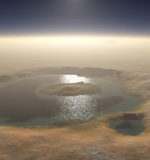
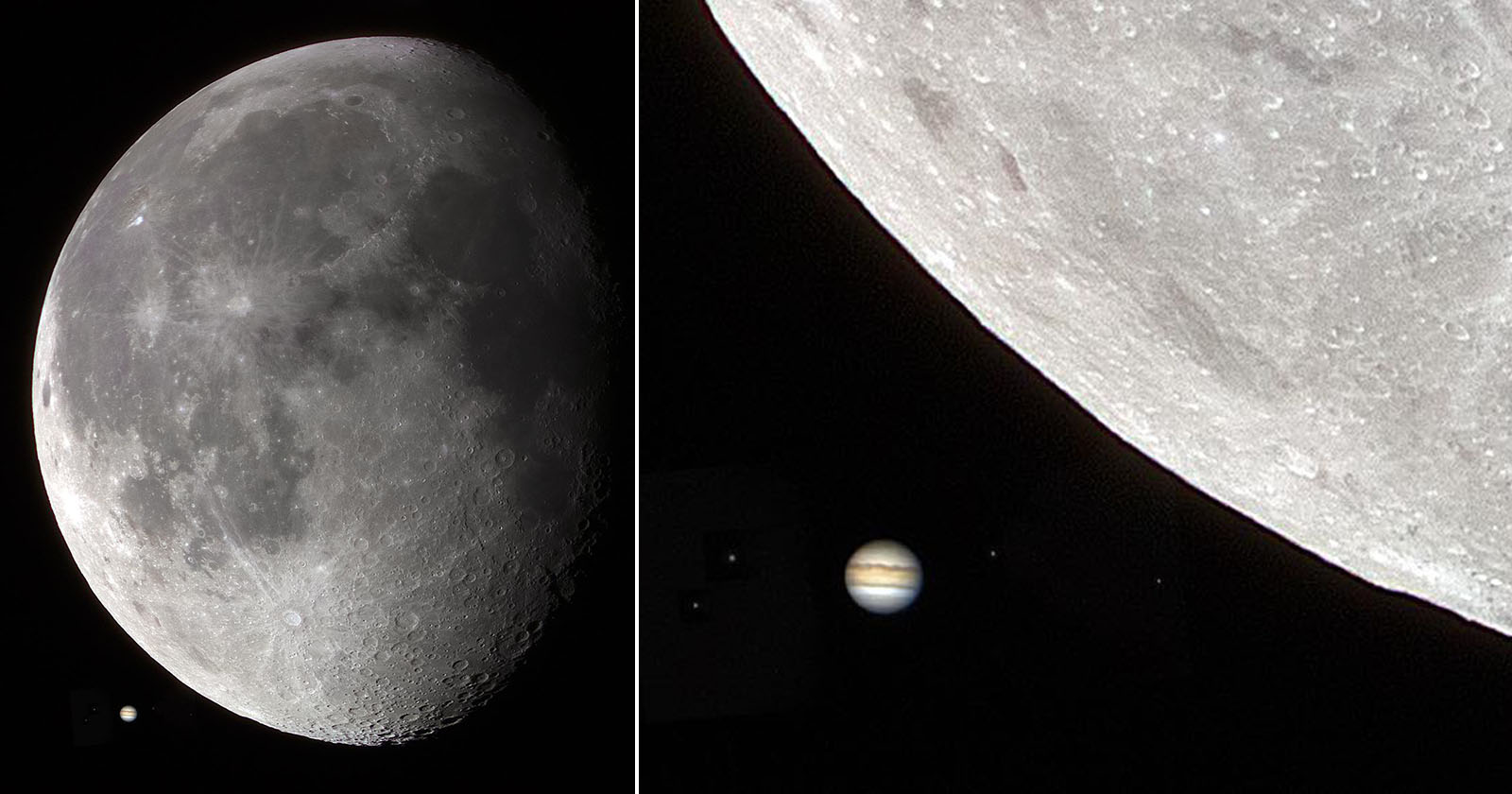

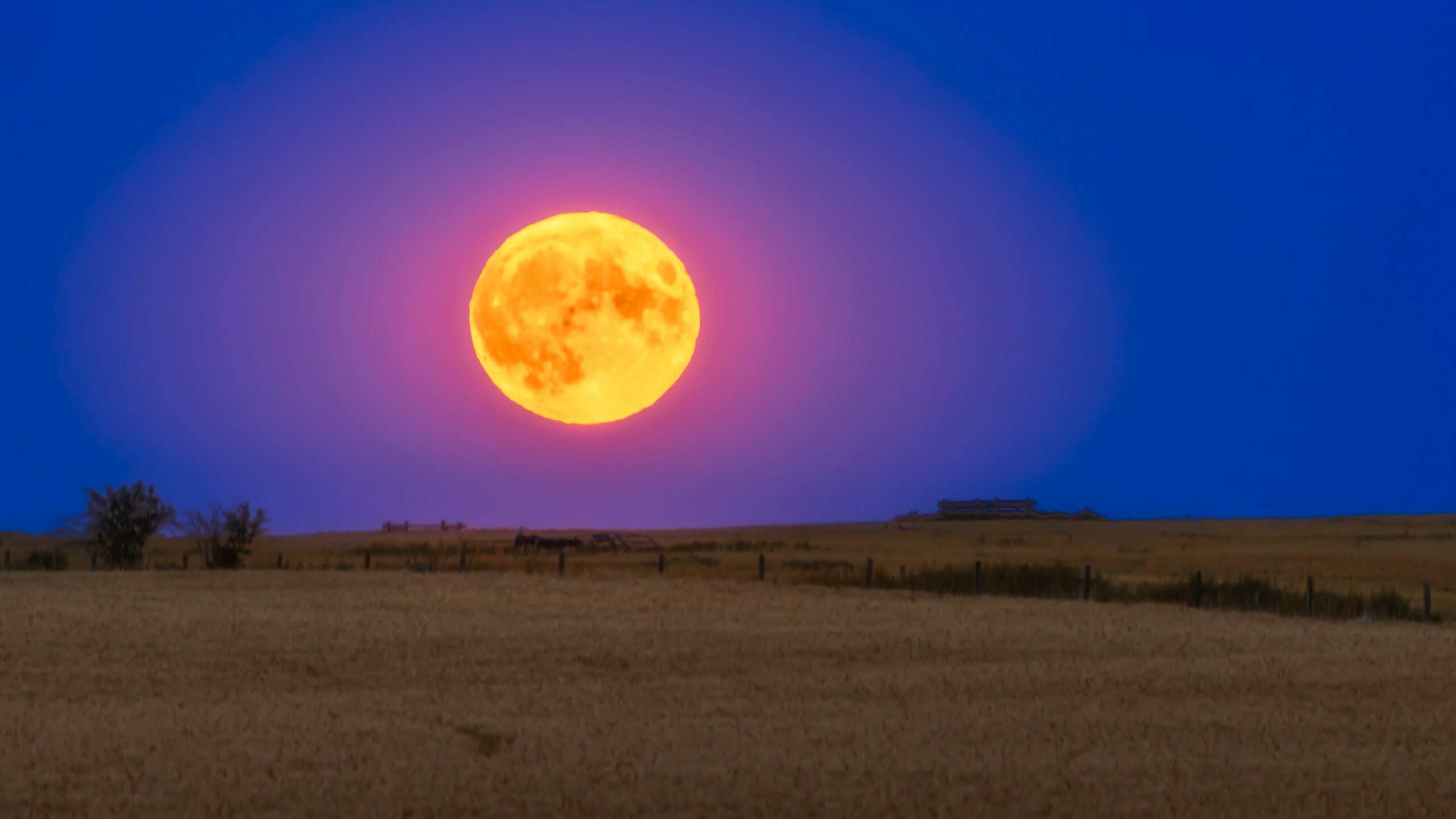
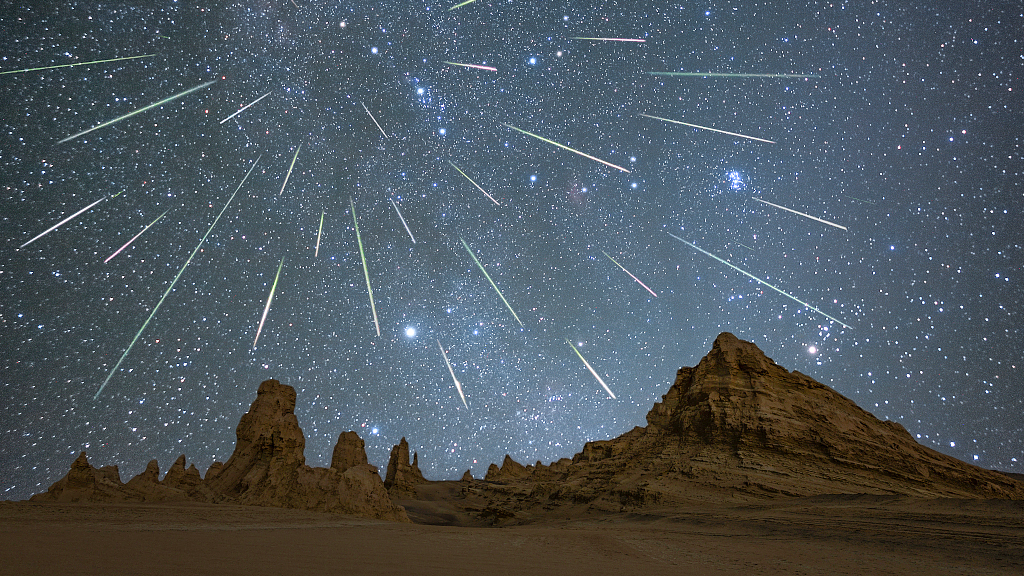

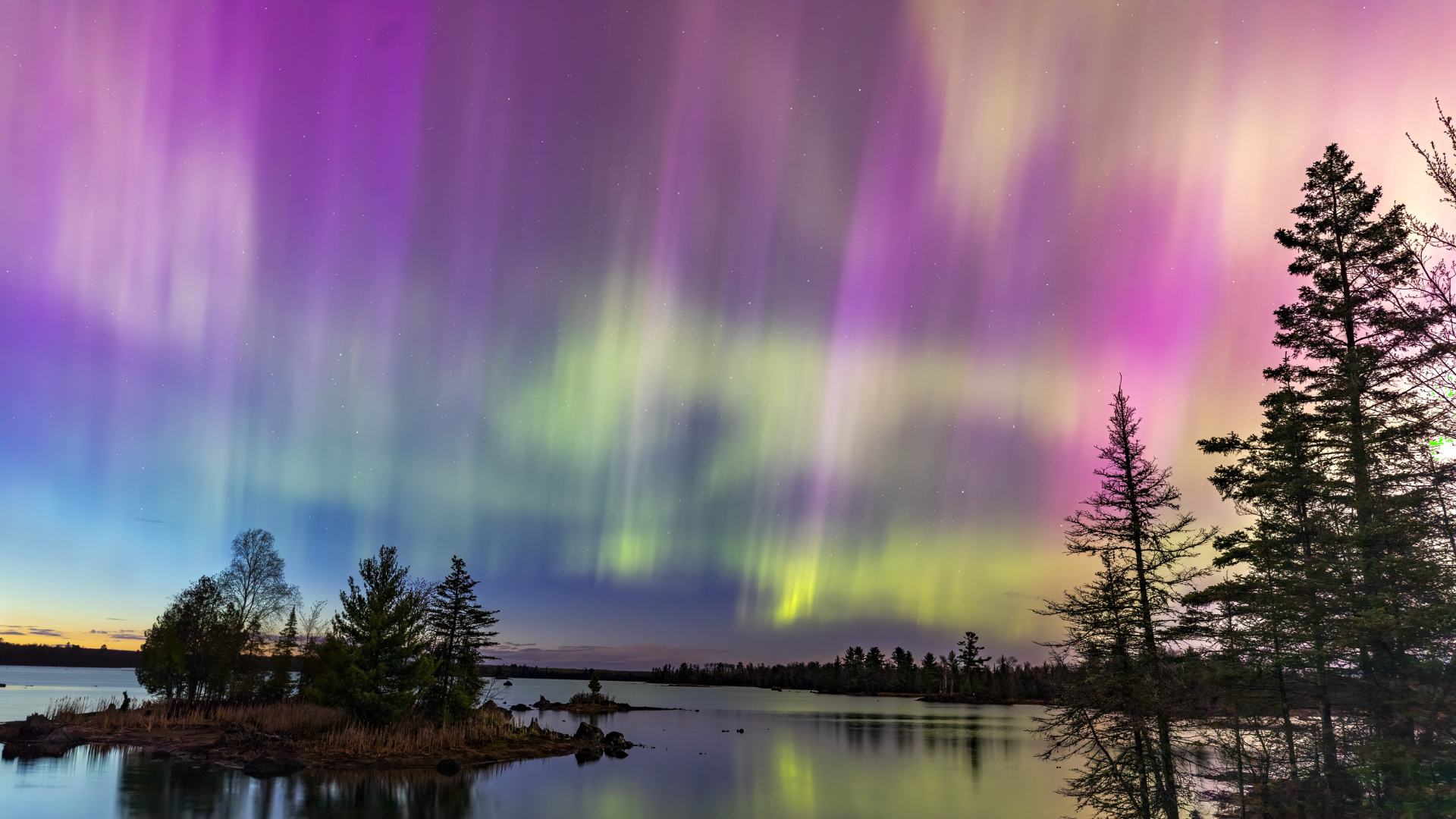
 Photographer Finds Locations Of 1960s Postcards To See How They Look Today, And The Difference Is Unbelievable
Photographer Finds Locations Of 1960s Postcards To See How They Look Today, And The Difference Is Unbelievable  Hij zet 3 IKEA kastjes tegen elkaar aan en maakt dit voor zijn vrouw…Wat een gaaf resultaat!!
Hij zet 3 IKEA kastjes tegen elkaar aan en maakt dit voor zijn vrouw…Wat een gaaf resultaat!!  Scientists Discover 512-Year-Old Shark, Which Would Be The Oldest Living Vertebrate On The Planet
Scientists Discover 512-Year-Old Shark, Which Would Be The Oldest Living Vertebrate On The Planet  Hus til salg er kun 22 kvadratmeter – men vent til du ser det indvendigt
Hus til salg er kun 22 kvadratmeter – men vent til du ser det indvendigt  Superknepet – så blir snuskiga ugnsformen som ny igen!
Superknepet – så blir snuskiga ugnsformen som ny igen!  Meteorite That Recently Fell in Somalia Turns Out to Contain Two Minerals Never Before Seen on Earth
Meteorite That Recently Fell in Somalia Turns Out to Contain Two Minerals Never Before Seen on Earth  Nearly Frozen Waves Captured On Camera By Nantucket Photographer
Nearly Frozen Waves Captured On Camera By Nantucket Photographer  It’s Official: Astronomers Have Discovered another Earth
It’s Official: Astronomers Have Discovered another Earth 